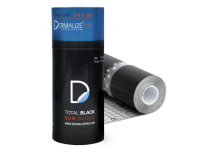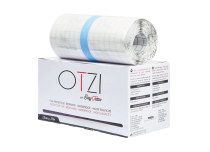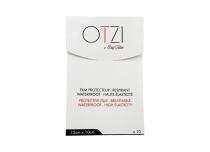How do you treat the tattoo?
The world of tattooing transcends the simple artistic act to become an intimate journey, an exploration of self marked by the indelibility of ink on skin. Opting for a tattoo goes far beyond the acquisition of a simple static work of art; rather, it is about appropriating a living creation, a personal and permanent expression of oneself. However, beyond the creative effervescence and initial excitement, tattoo maintenance is a crucial phase that is often overlooked.
While the role of the tattoo artist is important in creating an exceptional work of art, how the client cares for their tattoo after the session is equally important in maintaining its beauty and clarity over the years. Tattoo healing is a process during which damaged skin regenerates and heals. It is therefore very important to take care of the tattooed area during this period to promote effective healing and preserve the quality of the tattoo in the long term.
The tattoo healing process lasts 3 to 4 weeks, during which certain things should be avoided.


The healing phase involves the formation of scabs as the tattoo dries, which tend to itch. During this period, it is important to avoid removing or scratching the scabs.
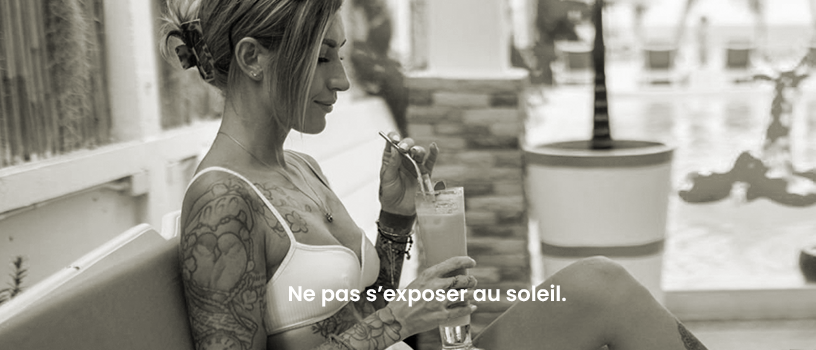
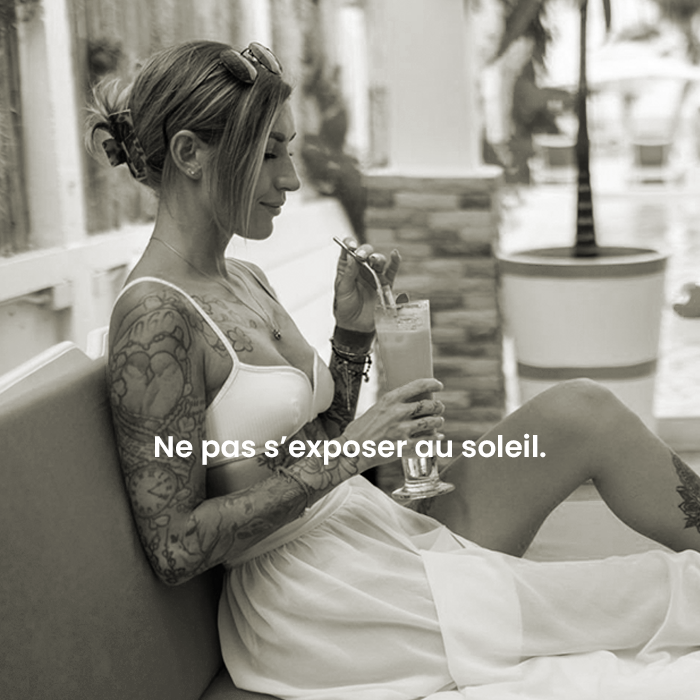
After tattoo application, it is important to avoid sun exposure and apply sunscreen for 3 to 4 weeks. However, even years later, it is necessary to protect tattooed skin from UV rays. To learn more, you can read our article "Tattoo Care."
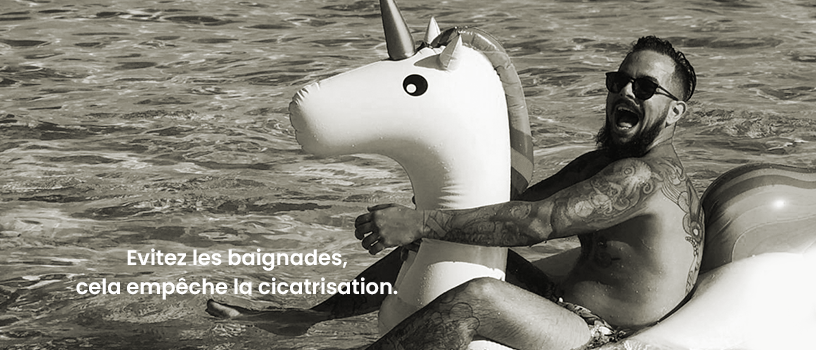

Avoiding swimming or bathing after a tattoo is recommended for several reasons. Swimming pools contain bacteria that can cause infections. Chemicals, such as chlorine, can irritate newly tattooed skin and delay healing. In addition, water softens the skin and delays healing.


It is advisable not to play any sports during tattoo healing. This prevents excess moisture from sweating and reduces friction that could irritate the newly tattooed skin.
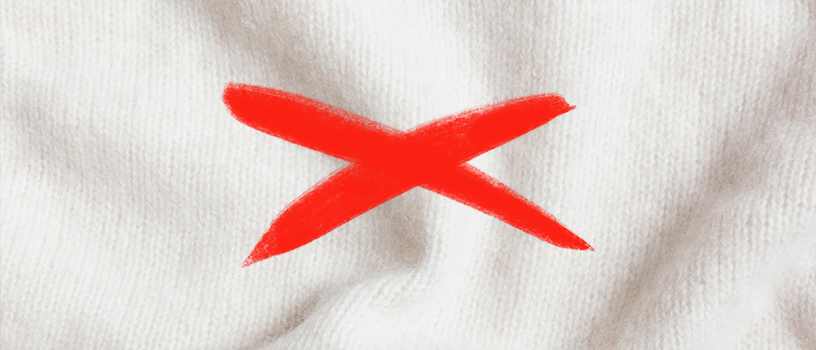
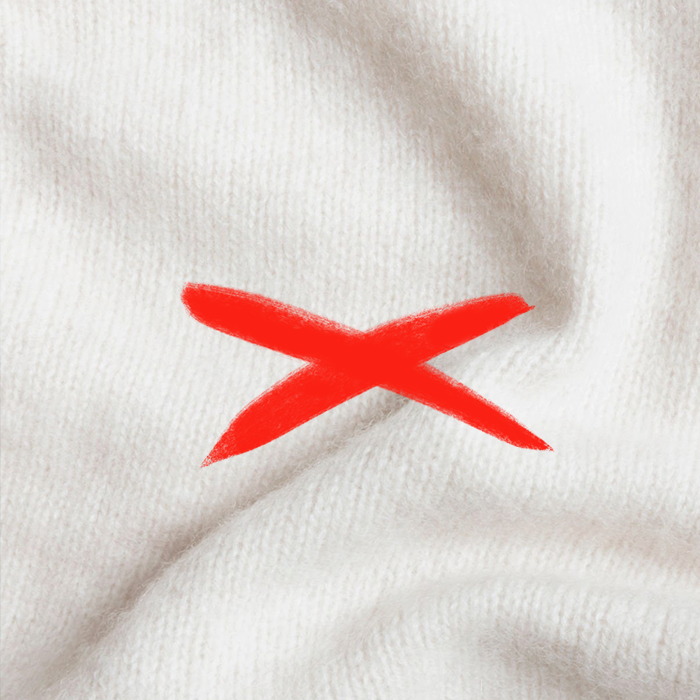
Wearing loose, soft clothing helps the skin heal faster, preventing irritation and injury. Smooth materials prevent scabs from adhering to the skin, which could interrupt the healing process. If possible, it is best to leave the tattoo in the open air.
HEALING
After the tattoo, you can use a healing film specially designed to protect clients' tattoos. These protective films act as a barrier against bacteria, reduce friction, and create an environment conducive to healing.
Different tattoo healing dressings with different technical characteristics can be found. These protective films can be an ideal alternative to cellophane.
To complete the picture, read the article: Tattooing: how to take care of the tattoo?









